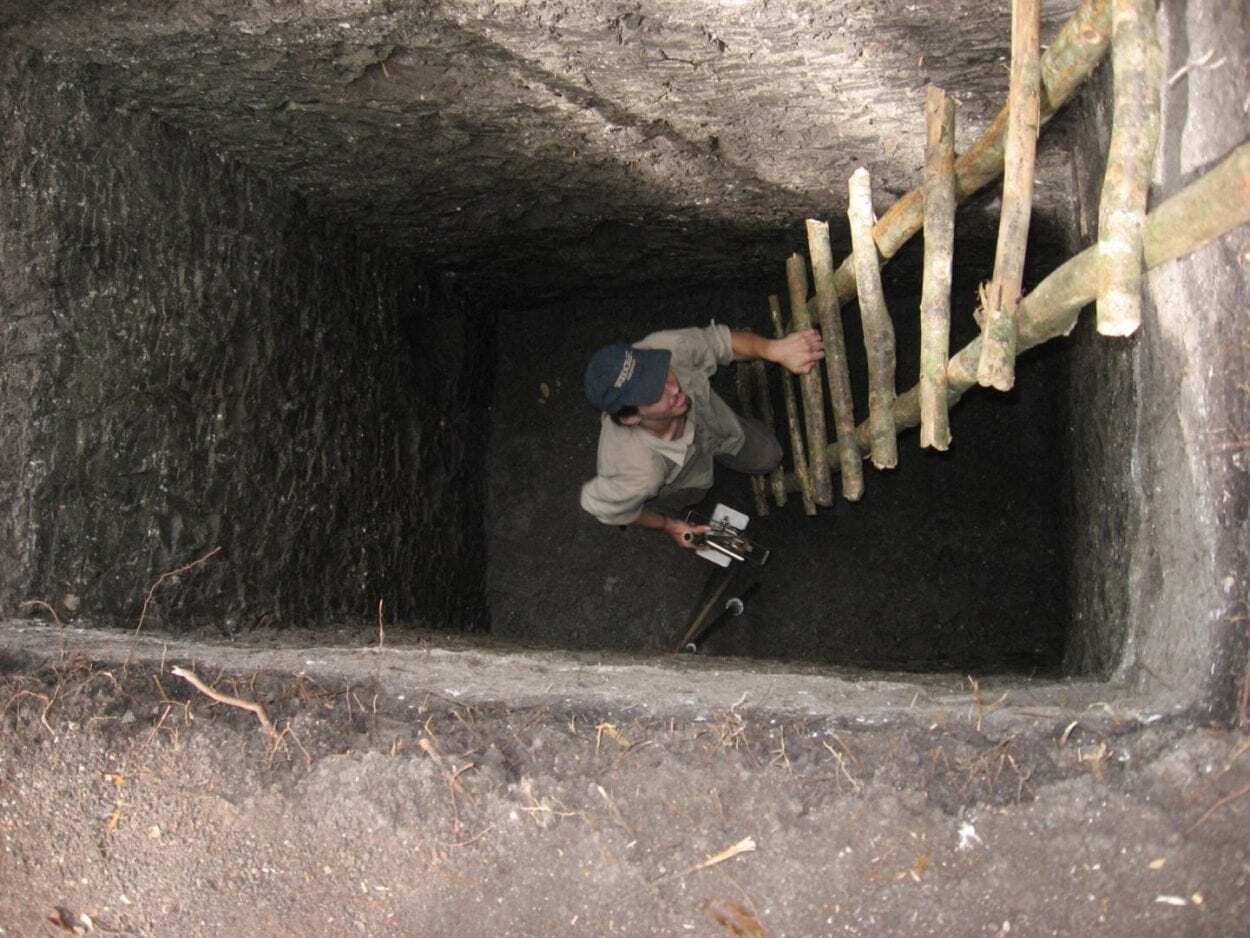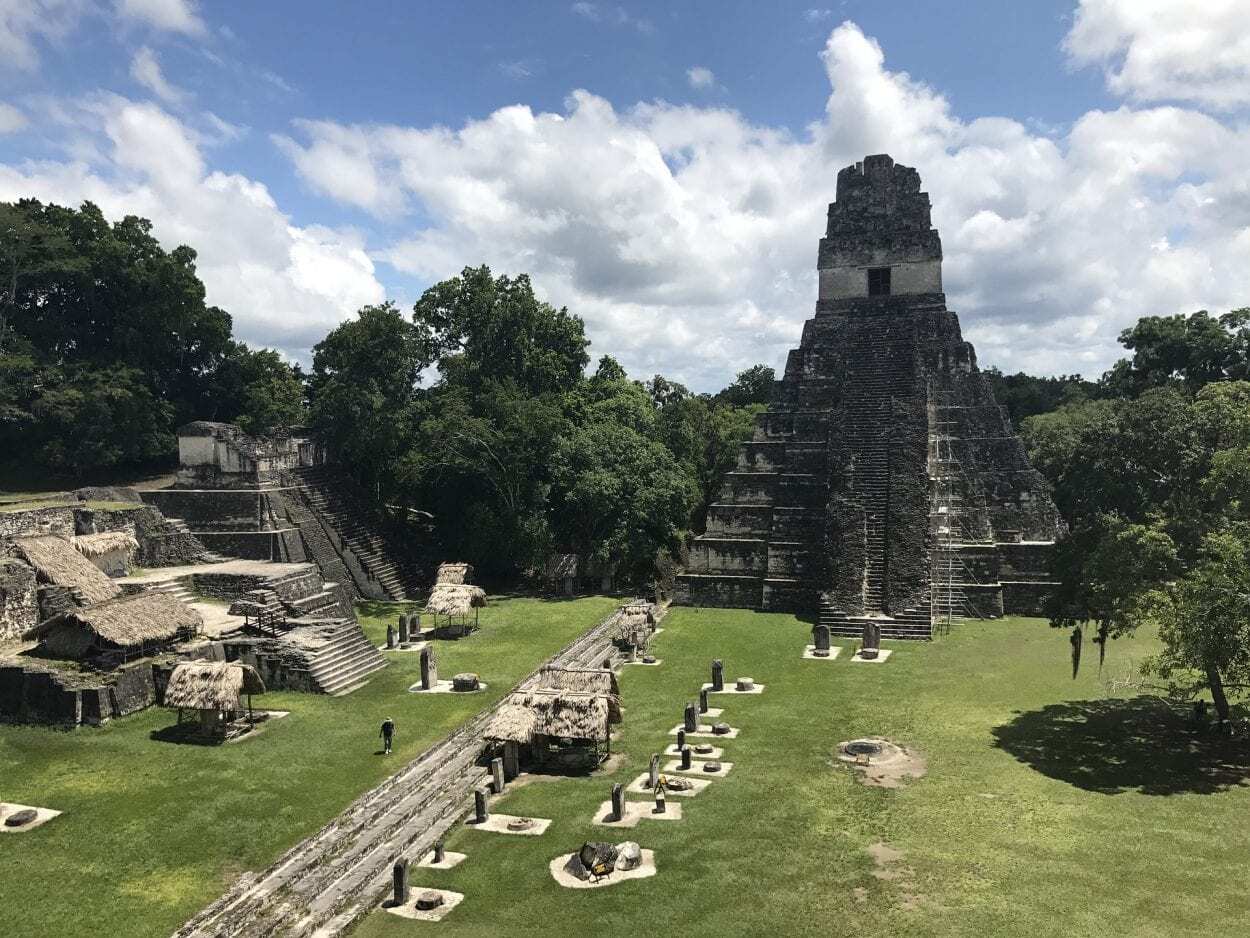A study by the University of Cincinnati has found that the drinking water in the reservoirs in Maya city was polluted with toxic levels of mercury and algae.
The researchers studied two central reservoirs in the Maya city of Tikal, one of the largest archaeological sites and urban centres of the pre-Columbian Maya civilisation that dates from the 3rd century BC. Situated in the department of El Petén in Guatemala, the site is part of Guatemala’s Tikal National Park and in 1979 it was declared a UNESCO World Heritage site.
UC’s study suggests that large droughts during the 9th century AD may have caused the decline at Tikal and the eventual abandonment. A geochemical analysis revealed that the primary reservoirs located near the city palace and temple had toxic levels of mercury caused by a pigment used in adorning buildings and ceramics. The pigment would have been deposited during rainfall and settled into layers of sediment around the 9th century in the reservoirs.
“The conversion of Tikal’s central reservoirs from life-sustaining to sickness-inducing places would have both practically and symbolically helped to bring about the abandonment of this magnificent city,” the study concluded.
Previously, UC researchers found that the soils around Tikal during the ninth century were extremely fertile and traced the source to frequent volcanic eruptions that enriched the soil of the Yucatan Peninsula.
“Archaeologists and anthropologists have been trying to figure out what happened to the Maya for 100 years,” said David Lentz, a UC professor of biological sciences and lead author of the study.

For the latest study, UC researchers sampled sediment at 10 reservoirs within the city and conducted an analysis on ancient DNA found in the stratified clay of four of them. Sediment from the reservoirs nearest Tikal’s central temple and palace showed evidence of toxic algae called cyanobacteria. Consuming this water, particularly during droughts, would have made people sick even if the water were boiled.
“We found two types of blue-green algae that produce toxic chemicals. The bad thing about these is they’re resistant to boiling. It made water in these reservoirs toxic to drink,” Lentz said.
“The water would have looked nasty. It would have tasted nasty,” said Kenneth Tankersley, an associate professor of anthropology in UC’s College of Arts and Sciences. “There would have been these big algae blooms. Nobody would have wanted to drink that water.”
Researchers believe a combination of economic, political and social factors prompted people to leave the city and its adjacent farms. But the climate no doubt played a role, too.
Co-author Trinity Hamilton, now an assistant professor of biology at the University of Minnesota, worked on the analysis of ancient DNA from algae that sank to the reservoir bottom and was buried by centuries of accumulated sediment.
“Typically, when we see a lot of cyanobacteria in freshwater, we think of harmful algal blooms that impact water quality,” Hamilton said.
Finding some reservoirs that were polluted and others that were not suggests the ancient Maya used them for different purposes, she said.
Reservoirs near the temple and palace likely would have been impressive landmarks, much like the reflecting pool at the National Mall is today.
“It would have been a magnificent sight to see these brightly painted buildings reflected off the surface of these reservoirs,” said co-author Nicholas Dunning, head of geography in UC’s College of Arts and Sciences.
“The Maya rulers conferred to themselves, among other things, the attribute of being able to control water. They had a special relationship to the rain gods,” Dunning said. “So the reservoir would have been a pretty potent symbol.”
UC’s Tankersley said one popular pigment used on plaster walls and in ceremonial burials was derived from cinnabar, a red-colored mineral composed of mercury sulfide that the Maya mined from a nearby volcanic feature known as the Todos Santos Formation.
A close examination of the reservoir sediment using a technique called energy dispersive X-ray fluorescence spectrometry found that mercury did not leach into the water from the underlying bedrock. Likewise, Tankersley said, UC ruled out another potential source of mercury — volcanic ash that fell across Central America during the frequent eruptions. The absence of mercury in other nearby reservoirs where ash would have fallen ruled out volcanoes as the culprit. Instead, Tankersley said, people were to blame.
“That means the mercury has to be anthropogenic,” Tankersley said. With its bright red color, cinnabar was commonly used as a paint or pigment across Central America at the time.
“Color was important in the ancient Maya world. They used it in their murals. They painted the plaster red. They used it in burials and combined it with iron oxide to get different shades,” Tankersley said.
“We were able to find a mineral fingerprint that showed beyond a reasonable doubt that the mercury in the water originated from cinnabar,” he said.
Tankersley said ancient Maya cities such as Tikal continue to captivate researchers because of the ingenuity, cooperation and sophistication required to thrive in this tropical land of extremes.
“When I look at the ancient Maya, I see a very sophisticated people with a very rich culture,” Tankersley said. UC’s team is planning to return to the Yucatan Peninsula to pursue more answers about this remarkable period of human civilisation.
UNIVERSITY OF CINCINNATI
Header Image Credit : Public Domain





